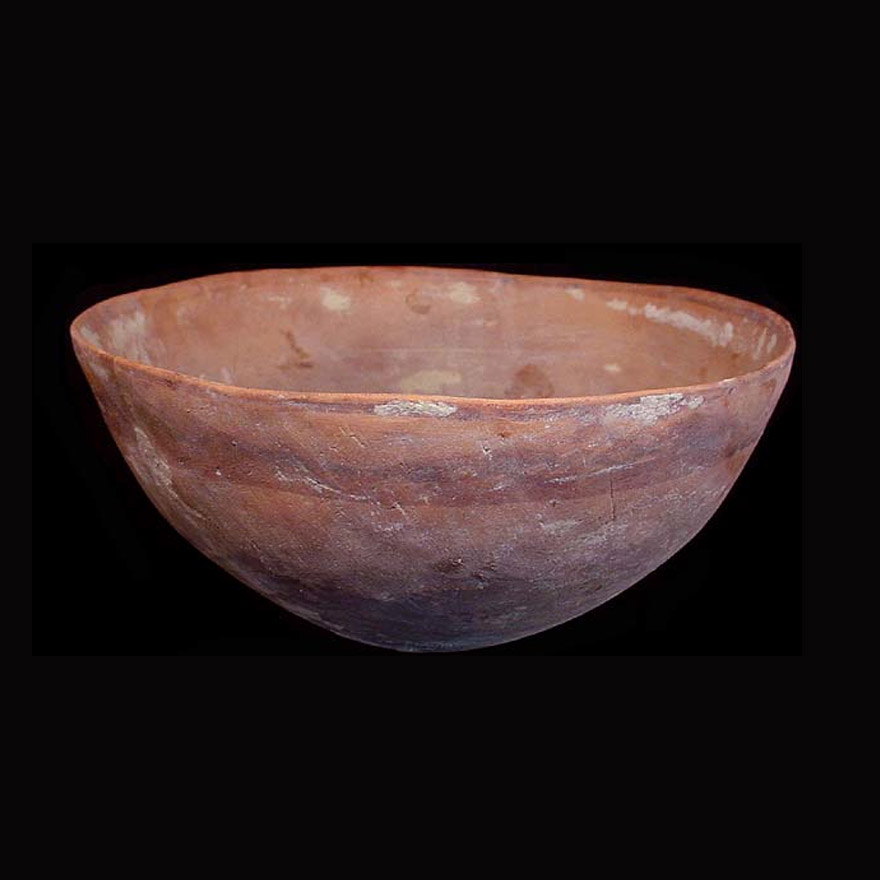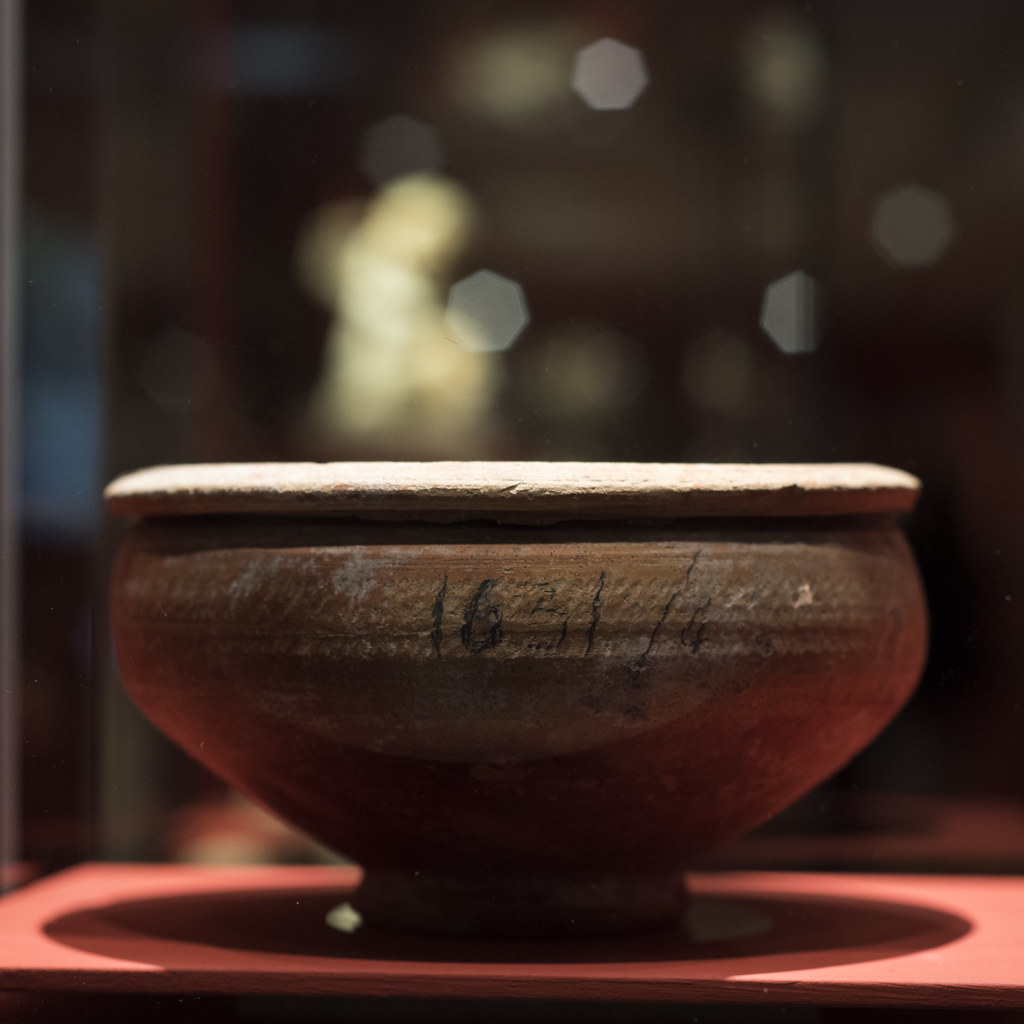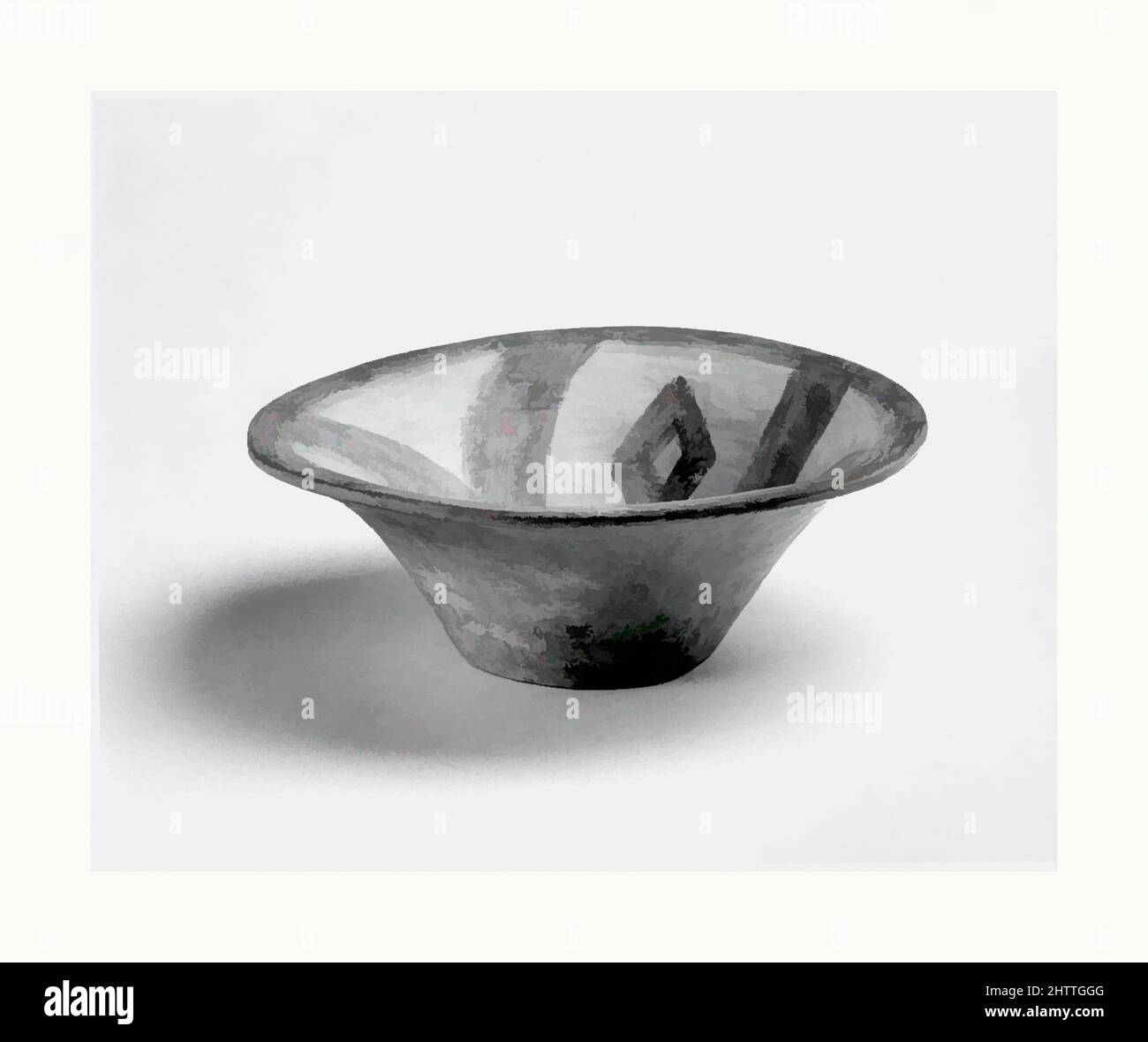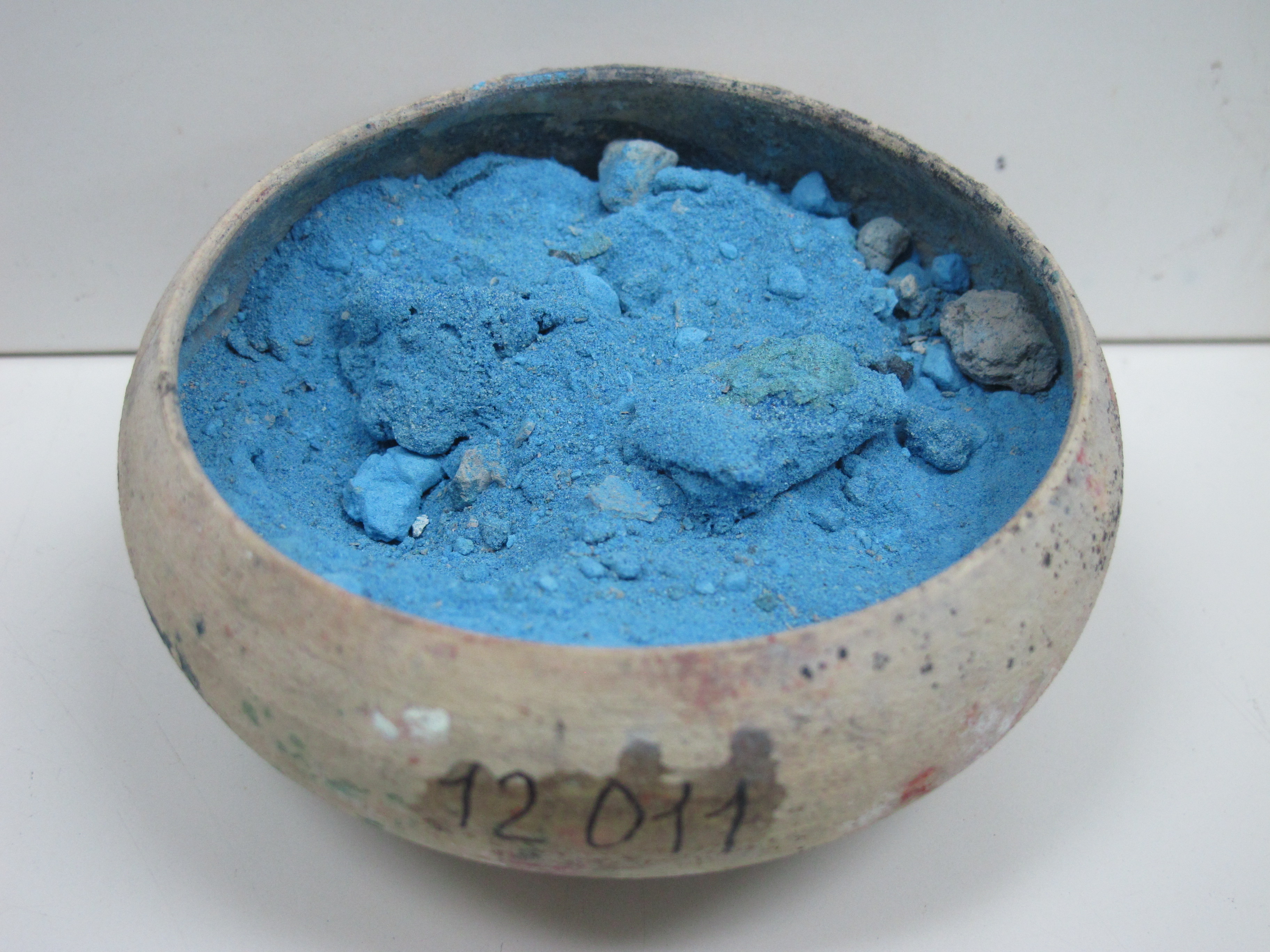
κιννάβαρι on Twitter: "Let's talk about #EgyptianBlue, its manufacture and use from Egypt to the Iberian Peninsula, with a special insight into the Vesuvian area, where this pot containing original pigment has

pottery bowls containing coloured paints. Roman- Egyptian, 1st century AD. From a tomb at Hawara, Egypt. The colours include blue frit, red and yellow ochre, rose madder and white lead oxide; they
![Bowl made from Translucent green glass, probably achieved through the use of copper and lead pigment. Roman empire, 1st half of 1st century A.D. [4000x4000] : r/ArtefactPorn Bowl made from Translucent green glass, probably achieved through the use of copper and lead pigment. Roman empire, 1st half of 1st century A.D. [4000x4000] : r/ArtefactPorn](https://preview.redd.it/kj9tbljraq231.jpg?auto=webp&s=cc71ea28f19dee8c50d759fa9435e1575c17cf6f)
Bowl made from Translucent green glass, probably achieved through the use of copper and lead pigment. Roman empire, 1st half of 1st century A.D. [4000x4000] : r/ArtefactPorn
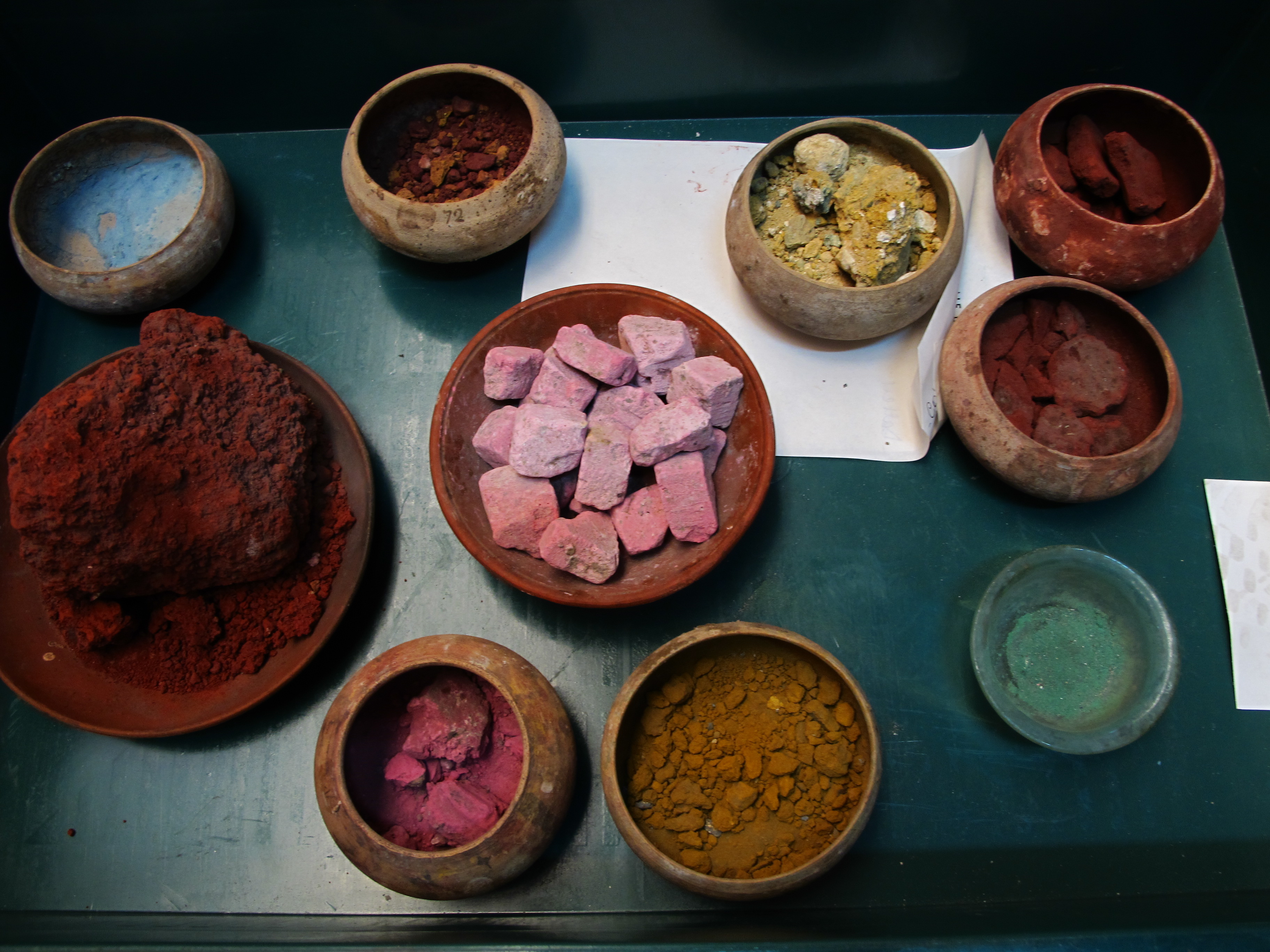
κιννάβαρι on Twitter: "Today we are going to talk about the variety of pigments and mixtures employed to obtain green hues from Ptolemaic and Roman Egypt to the mural paintings of @pompeii_sites,

κιννάβαρι on Twitter: "Let's talk about #EgyptianBlue, its manufacture and use from Egypt to the Iberian Peninsula, with a special insight into the Vesuvian area, where this pot containing original pigment has

Pigments used in Roman wall paintings in the Vesuvian area - Aliatis - 2010 - Journal of Raman Spectroscopy - Wiley Online Library
Glass bowl fragment with gold leaf and painted decoration | Roman | Late Imperial | The Metropolitan Museum of Art
![PDF] Not a day without a line drawn: Pigments and painting techniques of Roman Artists | Semantic Scholar PDF] Not a day without a line drawn: Pigments and painting techniques of Roman Artists | Semantic Scholar](https://d3i71xaburhd42.cloudfront.net/fc011dbba4a3301434b968d17bc5a861988690fe/5-Figure2-1.png)
PDF] Not a day without a line drawn: Pigments and painting techniques of Roman Artists | Semantic Scholar

Six pottery bowls containing Roman pigment used by a fresco painter. The colours include blue frit, red and yellow ochre, r… | Römische architektur, Fresco, Römisch
![PDF] Not a day without a line drawn: Pigments and painting techniques of Roman Artists | Semantic Scholar PDF] Not a day without a line drawn: Pigments and painting techniques of Roman Artists | Semantic Scholar](https://d3i71xaburhd42.cloudfront.net/fc011dbba4a3301434b968d17bc5a861988690fe/3-Figure1-1.png)
PDF] Not a day without a line drawn: Pigments and painting techniques of Roman Artists | Semantic Scholar

Selection of Tek Sing Bowls with Shu Symbol - Chinese & Oriental Antiquities | Ancient & OrientalAncient & Oriental
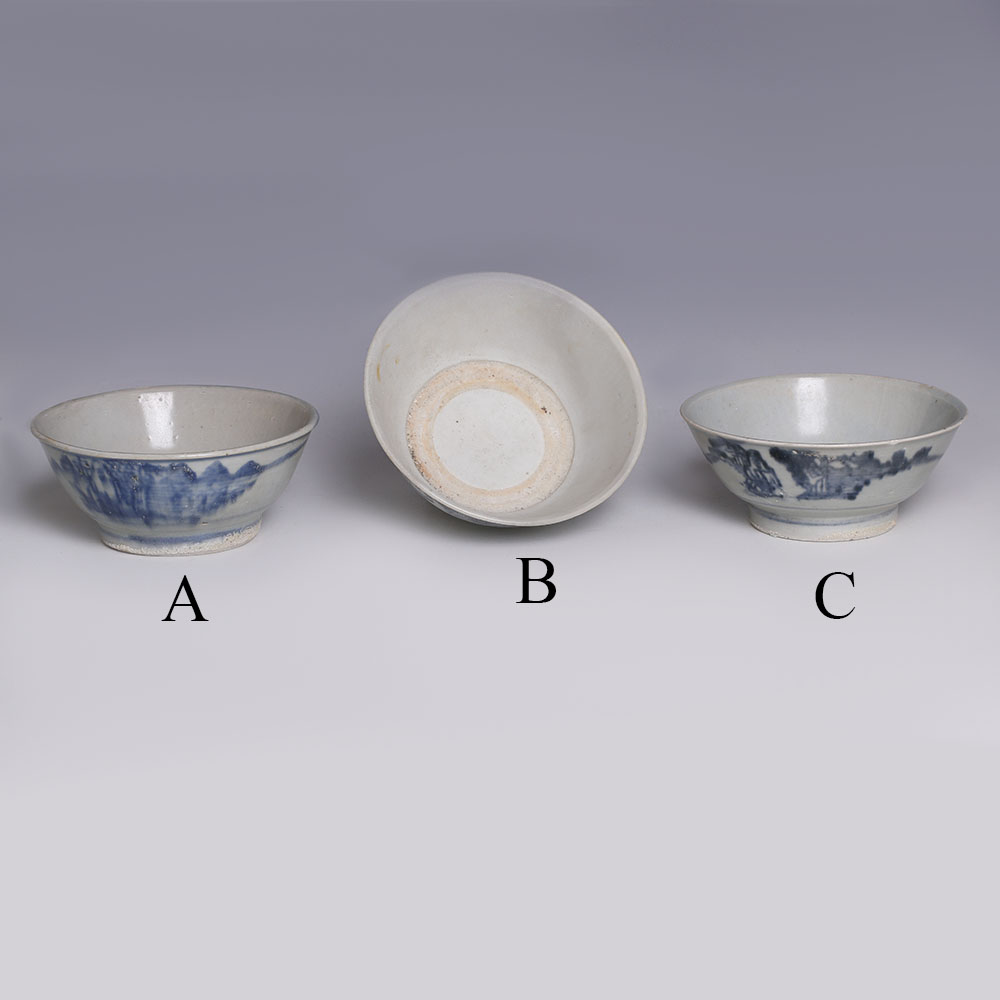
Selection of Tek Sing Bowls with Landscape Scenes - Chinese & Oriental Antiquities | Ancient & OrientalAncient & Oriental
Pigments from Amarna CHAPTER 10 ARTISTS' PIGMENTS FROM AMARNA by Fran Weatherhead and Andrew Buckley 1 10.1 Introduction Nearly

Bowls with pigment, Pompeii, Terracotta, 1st Cent C.E. The Pigments found in thees bowls were probably used for … | Pompeii, Pompeii and herculaneum, Pompeii italy

Bowls with pigment, Pompeii, Terracotta, 1st Cent C.E. The Pigments found in thees bowls were probably used for … | Pompeii and herculaneum, Pompeii, Pompeii italy



